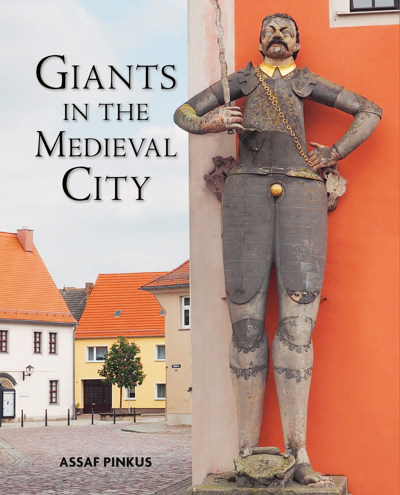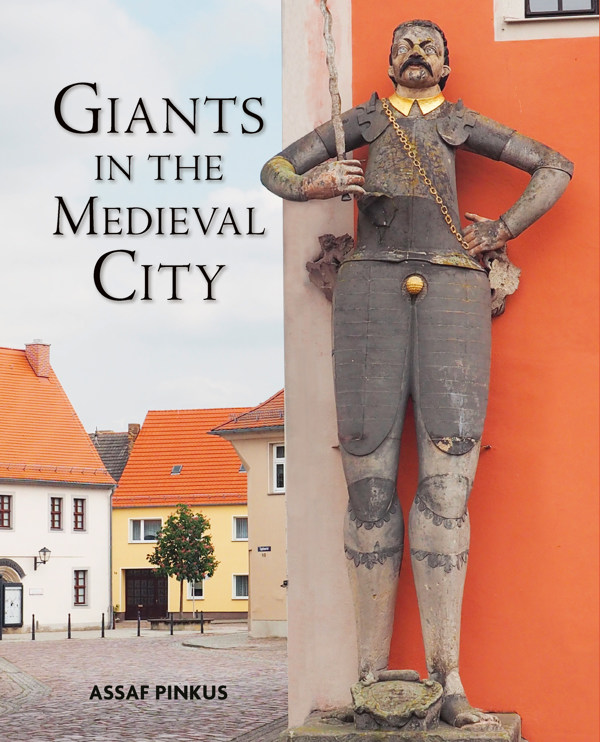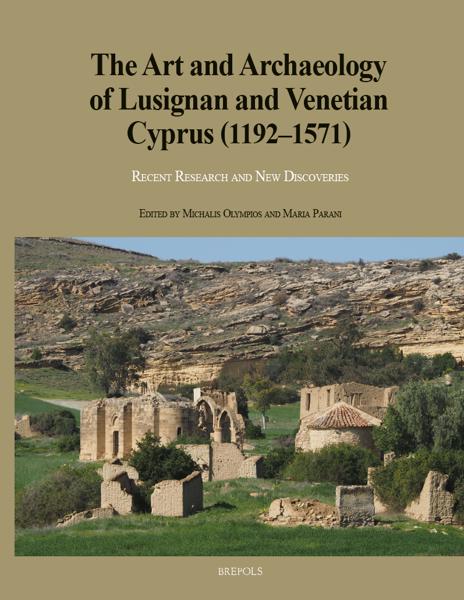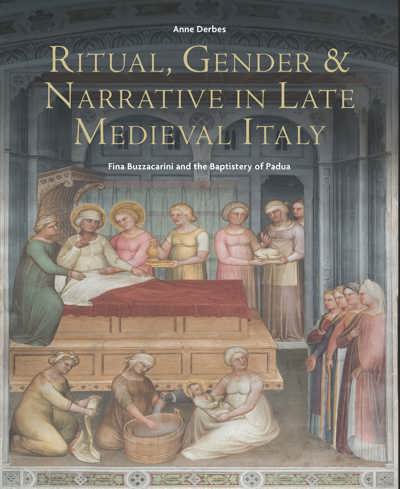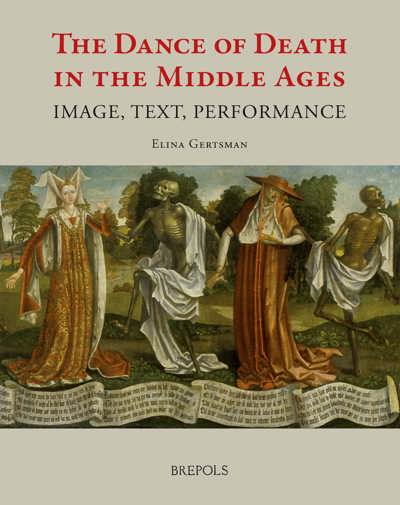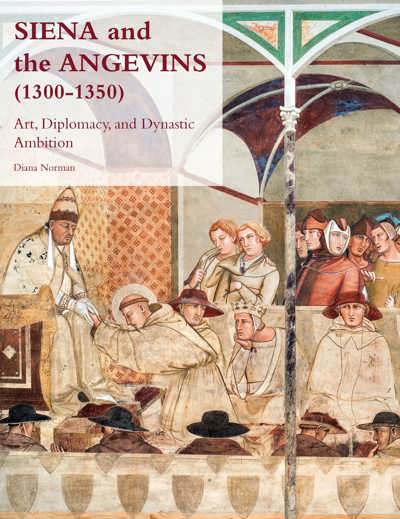
Giants in the Medieval City
Assaf Pinkus
- Pages: 272 p.
- Size:225 x 280 mm
- Illustrations:110 col.
- Language(s):English
- Publication Year:2024
- € 150,00 EXCL. VAT RETAIL PRICE
- ISBN: 978-2-503-60768-9
- Hardback
- Available
This book explores the role and function of the vision and the experience of the gigantic.
Assaf Pinkus is Professor of Art History at Tel Aviv University and Professor Honorarium at the University of Vienna. His diverse studies engage with Gothic art and late medieval culture; workshop practices and economic models; patronage, narrative and spectatorship; nonreligious experience and response; imagination and somaesthetics; violence imagery; and, most recently, the global history of giants. He is a recipient of ISF, Minerva, GIF, and Gerda Henkel research grants and several international prizes.
The visual landscape north of the Alps between the 14th and 16th centuries was shaped by colossal representations of epic and mythological giants, reincarnated and cast as Christian heroes. In contexts religious or lay, private or public, giants dominated urban spaces but also rural ones. They were painted on church facades and stood tall as sculptures in town squares. Rather than portraying specific characters from particular texts, the figures embodied the notion of “the gigantic” as it appeared in contemporary writings: superhuman creatures from foreign lands and liminal geographies, often associated with supernatural powers, magic, hypermasculinity, and, concomitantly, matriarchy. Since the naming and identity of these giants do not always correlate--thus destabilizing the images' semiotics--the gap could be filled by fabricated memories of the ancient world. Hence, imagery of giants bridged mythological, biblical, and contemporary times, while producing novel political metaphors. This book explores the role and function of the vision and the experience of the gigantic. Executed “out of scale” and communicating ideas about excess, giants were experienced as physically and ethically abject and, at the same time, as magnificent, apotropaic, and redemptive; as such they came to embody the very notion of the medieval sublime.
Introduction: Toward a Global Genealogy of Giants
Assaf Pinkus
Chapter 1: Being a Giant: Geographies and Temporalities
Assaf Pinkus
Chapter 2: Out of Scale: Experiencing the Gigantic
Assaf Pinkus
Chapter 3: A Giant in the City: The Protective Roland
Assaf Pinkus and Noeit Williger Aviam
Chapter 4: Chaos and Order in the Cities: Roland and his Companions
Orly Amit
Chapter 5: Giants of London
Michal Ozeri
Chapter 6: The Gigantic as the Late Medieval Sublime: St. Christopher in the Alps
Epilogue: More Good then Evil
Notes - Bibliography - Index
